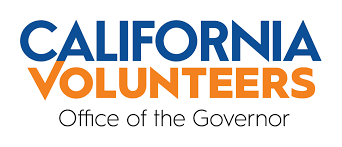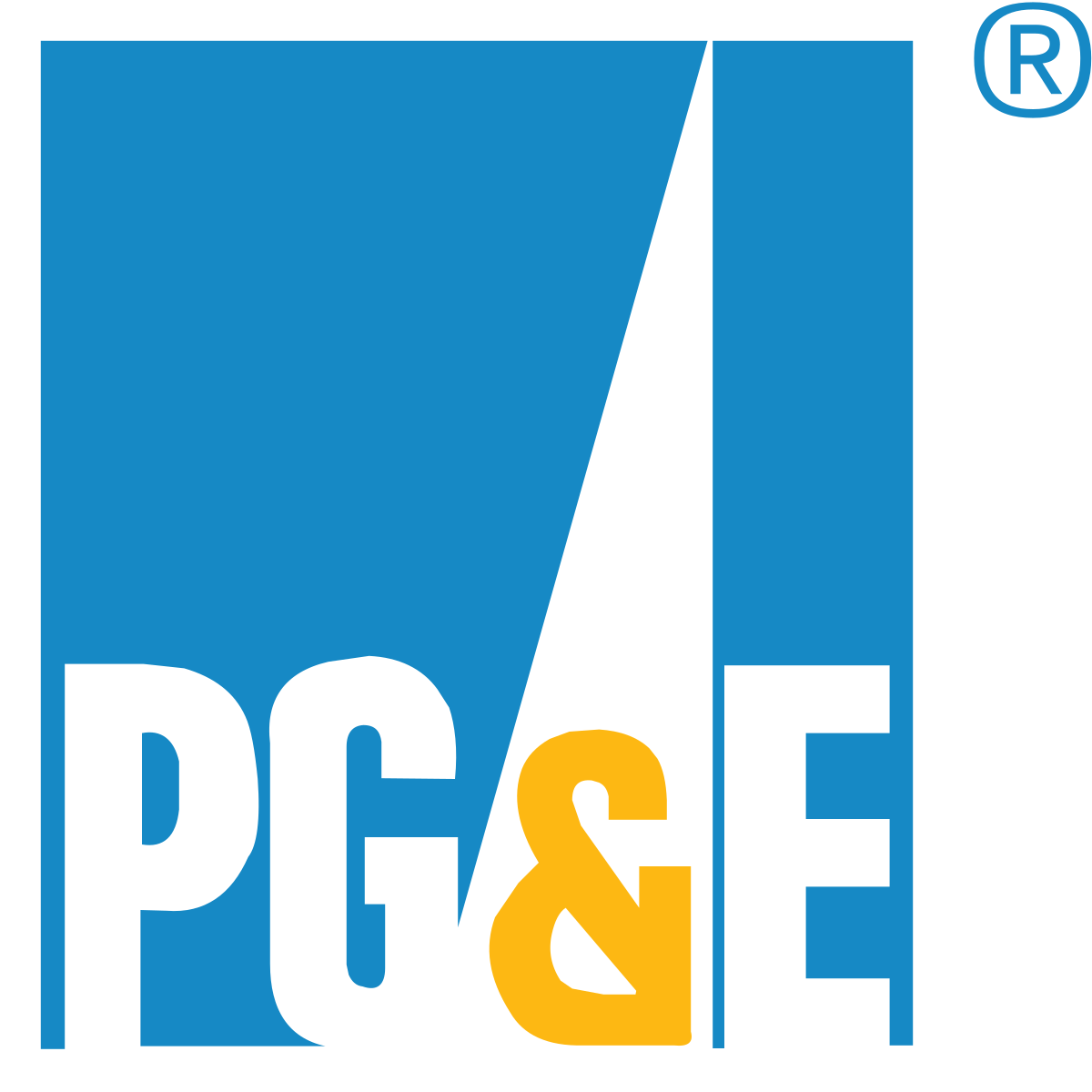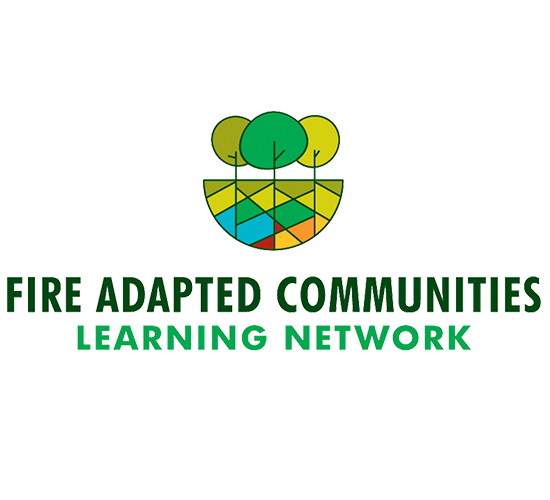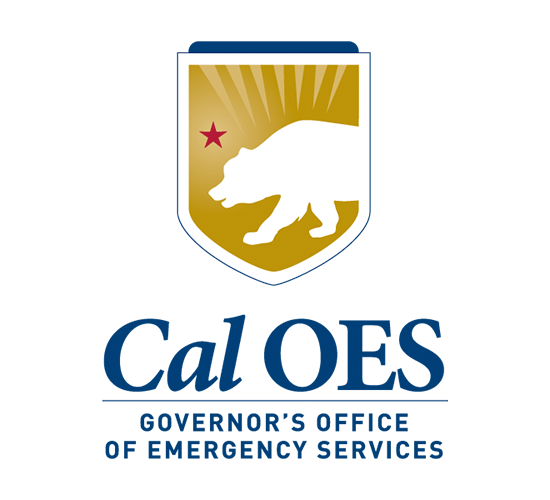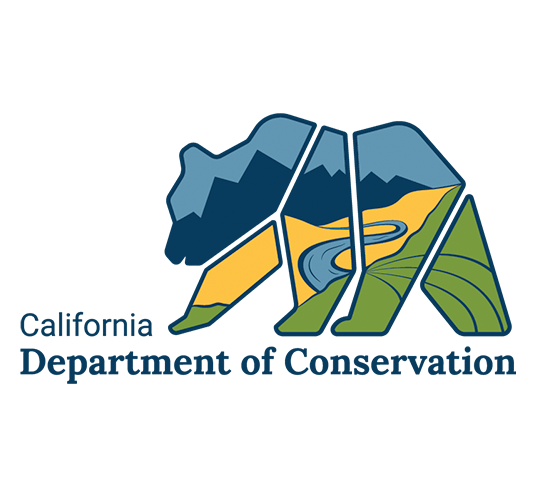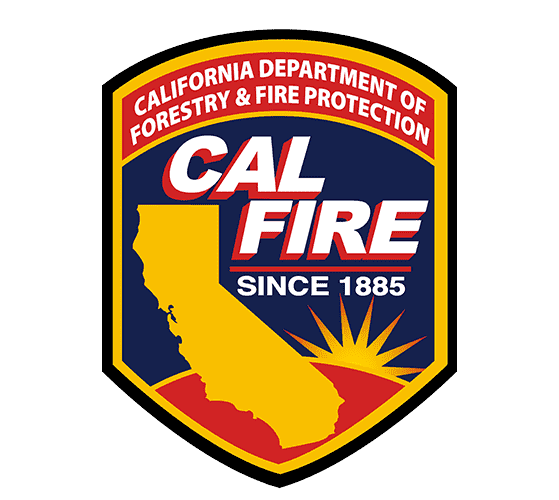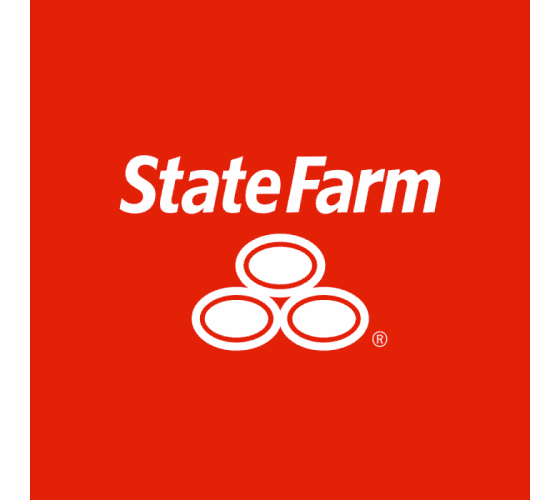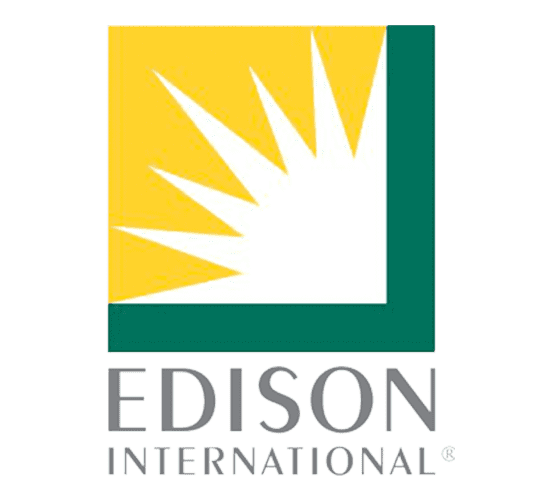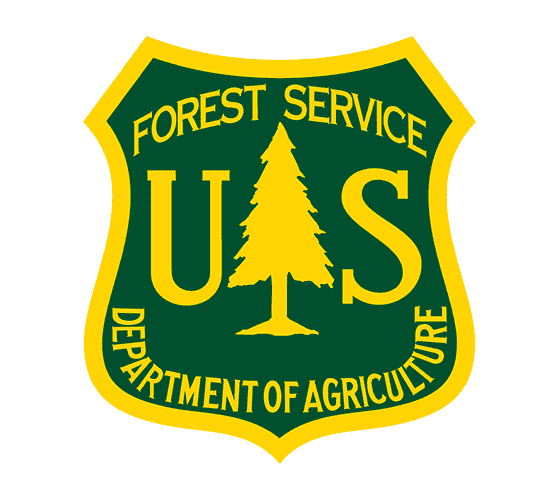GRANT WRITING TRAINING with Elissa Brown, Instructor
May 18-20, from 8:45 – 12:30 each day
SELECT A GRANT PROJECT TO USE DURING CLASS. Come prepared to discuss a project which you are interested in getting funded. Try to select a program that is a real priority for your organization or agency. Get as much information as you can about the program before the class begins. In the workshop, you will use this program to help you learn through real-life examples. If there are multiple people from your organization attending, try to choose different projects.
BE PREPARED TO PARTICIPATE! One of the ways you will learn in this class is by giving brief verbal presentations outlining particular areas of your program. You will need to do this off the top of your head, in front of the class. Don’t worry; everyone else will be doing it too! The purpose of this activity is to train you to think like a grant-writer, through direct feedback from the instructor. You will get used to talking about your project and articulating the reasons it should be funded. This will be very beneficial when you talk to prospective funders.
DO YOUR HOMEWORK! This class is not just to teach you about grant writing, it is to train you to be an actual grant writer. If you want to get real benefit from this class, you have to actually write! After the first two mornings of the workshop, you will be given a writing assignment which the instructor will review and edit. You will need to complete these assignments by 6:00 pm on the first and second days of the workshop so the instructor has time to review it. Please reserve time (1-2 hours) to complete the assignments during the afternoon of the Workshop’s Days 1 and 2.
WORKSHOP SCHEDULE (8:45 am–12:30 pm each day)
| Day One | Day Two | Day Three |
| Grant Writing Basics
Descriptive & Persuasive Writing Overview of Grant Components Introduction/Context Statements
|
Need Statement
Program Description Work plans & Timelines Budgets
|
Goals and Objectives
Outputs and Outcomes Evaluation Grant research Organizational Capacity Developing a Personal Grant Writing Strategy
|
PARTICIPANTS ARE EXPECTED TO ATTEND ALL THREE DAYS OF THE WORKSHOP!
TECHNOLOGY REQUIREMENTS: We will be using the Zoom platform, so please download that software on your computer in advance. If at all possible, please have a video camera hooked up so we can see each other’s faces.
PREPARATION FOR FIRST-CLASS: Initial Homework: Please read the attached grant application and application materials for the National Park Service Rivers and Trails grant. This application tied for first place in scoring. Why? Compare the Application Guidelines with the Application Submitted and write down your thoughts.
| Application Guidelines:
Applications for RTCA assistance are competitively evaluated by our regional offices, based on how well the applications meet the following criteria: 1) A clear anticipated outcome leading to on-the-ground success; Mission: The National Park Service preserves unimpaired the natural and cultural resources and values of the National Park System for the enjoyment, education, and inspiration of this and future generations. The Park Service cooperates with partners to extend the benefits of natural and cultural resource conservation and outdoor recreation throughout this country and the world. Objectives: a. Builds partnerships with health and wellness organizations to promote healthy parks and healthy people; b. Engages youth or youth organizations to promote close-to-home resource conservation, stewardship, and outdoor recreation opportunities; c. Develops and/or improves local connections to parks, rivers, trails, and greenways within urban areas; d. Improves public access to National Park Service sites by enhancing connections to local communities; e. Advances the conservation and stewardship of natural landscapes; f. Expands public access to water resources, such as water trails, portages, and adjacent recreational opportunities. Application letters (one to three pages) should include the following information: 1. Project Title and Description · Provide the name of the project and project location. · Note who is taking responsibility for the implementation of the project. · Describe briefly what will be done, why the project is important, the proposed schedule, and who will be involved. · Identify what populations in your community will be served by the project. · Outline the background or prior activity on the project (if any) and the current status. 2. Resource Importance · Describe the most important natural, cultural, historic, scenic, and recreational resources within the project area. 3. Anticipated Results · On-the-ground results: What specific resource will be created, conserved, enhanced or made available to the public? For Instance: How many river miles will be improved by restoration projects? How many river miles will be conserved with enhanced protection status? How many · Other accomplishments: For example an increased community commitment to stewardship, a new conservation organization, or the development of a concept plan for a trial. 4. Support for the Project · Describe the support you anticipate from interested stakeholders, such as public agencies, nonprofit organizations, and landowners. · List the project partners and describe their role(s) and contributions. 5. Rivers & Trails Program Role · Describe what kind of technical assistance or role you are seeking from the RTCA program. |
Application Submitted:
- Project Description. Project Title: Ahwahnee Hills Park Project.
Lead Agency: Madera County Resource Management Agency.
This project involves the creation of a 250-acre regional park in the Sierra Nevada foothills south of Yosemite National Park. This land is currently owned by the County and was the former site of a tuberculosis sanitarium, and then a boy’s school. The land has been sought for development purposes but is currently undeveloped. Madera County received a $417,000 Sierra Nevada Cascade grant from the California Resources Agency to make this area into a regional park by improving necessary infrastructure and cleaning up trash and hazards on the site. This grant will also rehabilitate two abandoned buildings into a Visitor’s Center and an Interpretive Center for the areas’ historic, natural and cultural resources. Additional funding has been obtained to “deconstruct” unwanted buildings on the site, recycle the building materials, and clean up environmental hazards.
This park area, which includes a riparian corridor, a small lake, meadows with specimen oaks, and wooded hillsides, is an important recreation resource for Madera County. The County currently has only 15 acres of parkland, and many low-income residents lack the resources to travel to the other regional recreational activities, such as the expensive Yosemite Valley. It will also be an important resource for the region in general, which is in need of an area for hiking, picnicking, and other recreational activities.
Madera County is one of California’s poorer counties and is experiencing further financial difficulties because of the State budget crisis. In order to accept the $417,000 grant, the County must commit to providing operations and maintenance for a minimum of 20 years. Fiscal prudence makes it impossible for the Supervisors to commit County General Funds for that purpose. The surrounding community is very enthusiastic about this park opportunity and has lobbied the County to accept the funding. Local residents indicate a willingness to take responsibility for some of the operations and maintenance tasks, however, the process of organizing committees, engaging the public in a constructive way, and comprehensively planning park uses and activities is challenging, and the County has little experience and resources in this area. It is hoped that with assistance from the RTCA program, a partnership can be developed between the community residents, local nonprofit organizations, and the County to comprehensively plan for park activities, leverage the resources necessary to secure the property as parkland, and successfully implement the desired recreation programs.
- Resource Importance. The following benefits will result from the development of this park:
- Increased public access to streams and lake: The property contains both a stream and a small lake that are accessible by a short hike from the park entrance.
- Recreational open space and trails: Trails for hiking and jogging are not otherwise available in the area, residents are known to run along the highway for exercise. This project will make five miles of improved hiking and jogging trails available for the public. In addition, the project is located along historic Route 49 and will provide picnic areas, natural interpretive viewing, and recreational opportunities for local, regional, and visiting individuals.
- Interpretive programs: Buildings on the site will provide interpretive information on the historic and natural resources of the area. In addition, a historic barn on the site will be renovated by volunteers to be used as an interpretive facility for local youth.
- Preservation of ecosystems and watersheds: The property includes an important tributary to the Fresno River, a watershed that is currently undergoing restoration efforts by the local Central Sierra Watershed Committee. Through this project, the stream and the lake on the property will be preserved from development which might otherwise occur in the nearby meadow area if the area is not maintained as open space, thus protecting and enhancing water quantity and quality for the area.
- Cultural Benefits: The area is significant for Native American history and culture. The area is the site of one of the last Indian battles in California. In addition, the property is right next to the Wasuma Round House, a Native American religious site that is still in use by local tribes, as well as being open to the public.
- Historic Benefits: This property is located on what used to be the main road to Yosemite. Mail and passenger horse-drawn stages made regular trips to the valley. A traveler’s hotel used to be located on the potential park site, which was visited by a number of distinguished persons. Information about this area’s history will be presented in the Visitor’s Center.
- Anticipated Results.
- Conservation and preservation of 250 acres of historic and culturally significant open space, including native oak woodland, a small lake, and a riparian corridor;
- Development of 5-10 miles of multi-use trails;
- Creation of a vision for park uses and activities;
- Leveraging of resources necessary to implement this vision;
- Demonstration of a collaborative partnership between local government, nonprofit organizations, and community residents that can be replicated in future projects.
- Support for the Project.
This project already has a significant amount of financial and community resources. The $417,000 grant can be supplemented by the State “Per Capita” park funds coming to the County. The Madera County Board of Supervisors has already indicated its support for the project and has directed County staff to be involved. The Ahwahnee Community Council and other local nonprofit organizations have held numerous meetings about this project, and residents throughout the County are being asked to participate on a Park Planning Committee. With the addition of skilled planners and facilitators from RTCA, a successful project is very likely.
Project Partners:
- CA Resources Agency – providing $417,000 grant
- Madera County – the lead agency for the project, providing staffing for project implementation and grant writing services for resource development
- Madera Park Planning Committee – currently being formed, will help plan park uses and activities and try to determine how to cover maintenance and operations costs
- Ahwahnee Community Council – advocates for the park, will help coordinate volunteer assistance from community residents
- RTCA Program Role
We hope that the RTCA team can offer the following assistance, which is critical for the project’s success:
- Engage public participation and facilitate collaborative efforts to implement the project;
- Help define and realize a vision for park uses and activities;
- Help leverage resources as needed for implementation.
We expect that the main facilitation and planning assistance will take place over one year’s time, and hope that follow-up assistance will be available as necessary.
- Contact Information
Support letters will be sent under separate cover and will be received by July 15.

